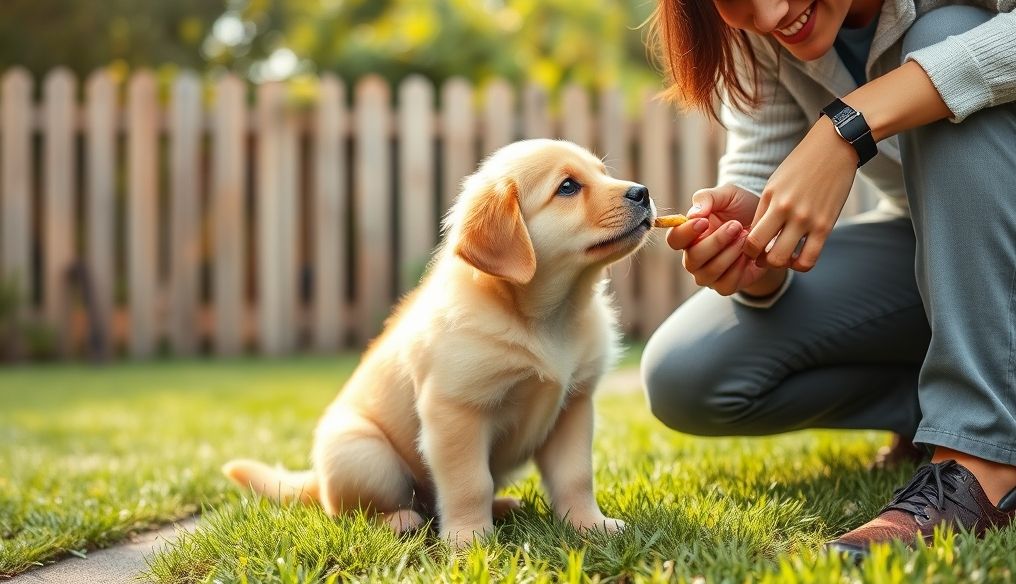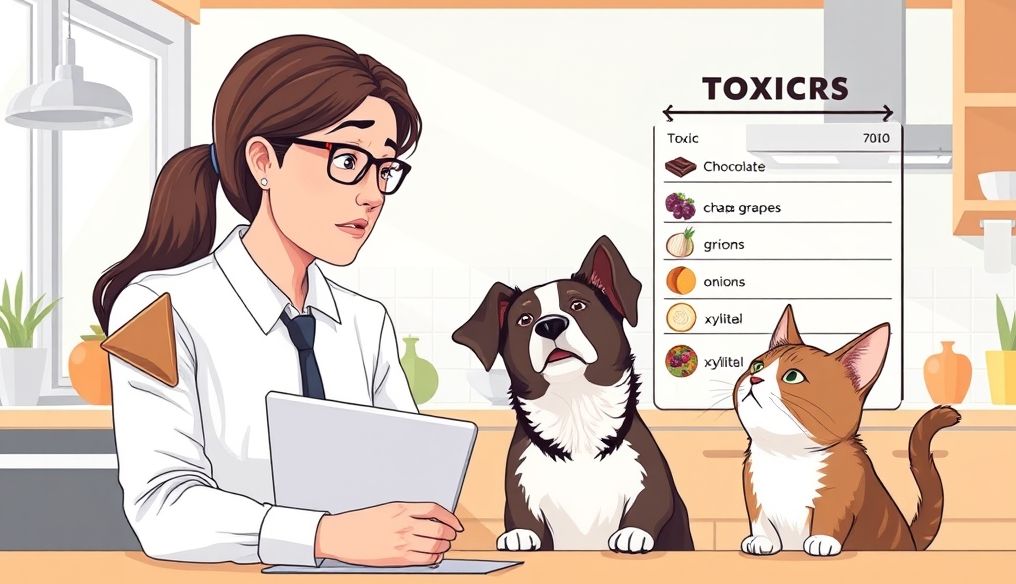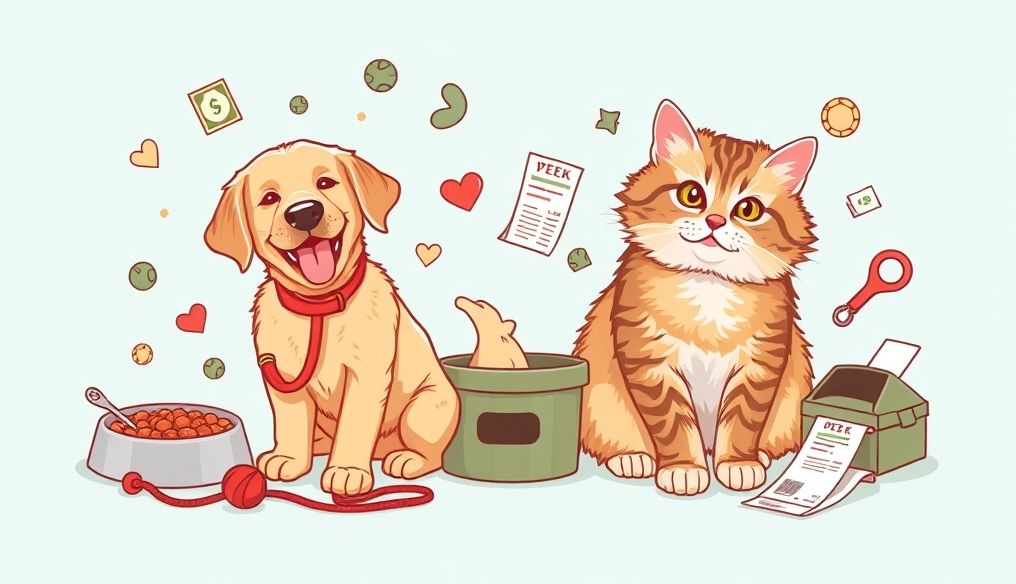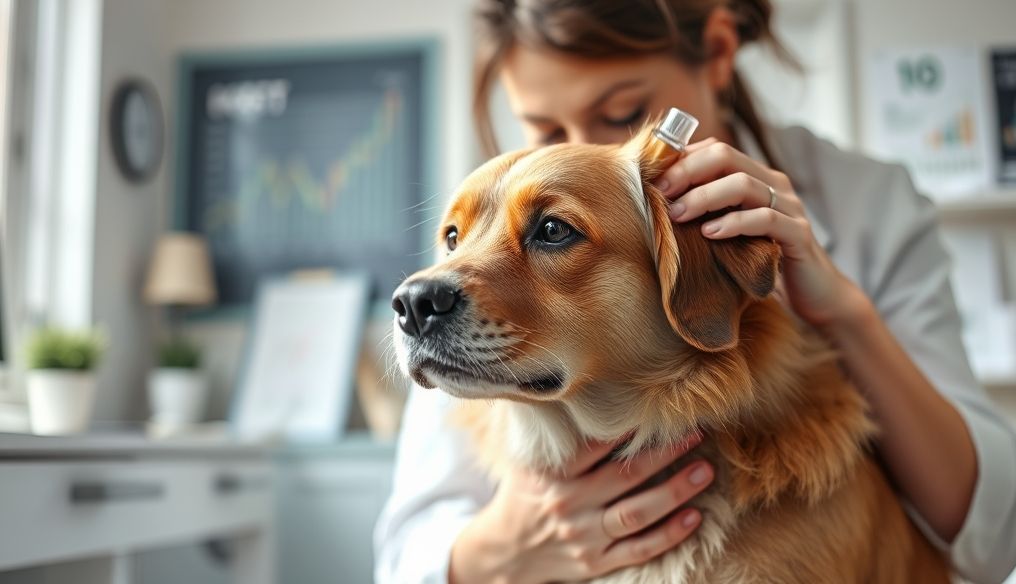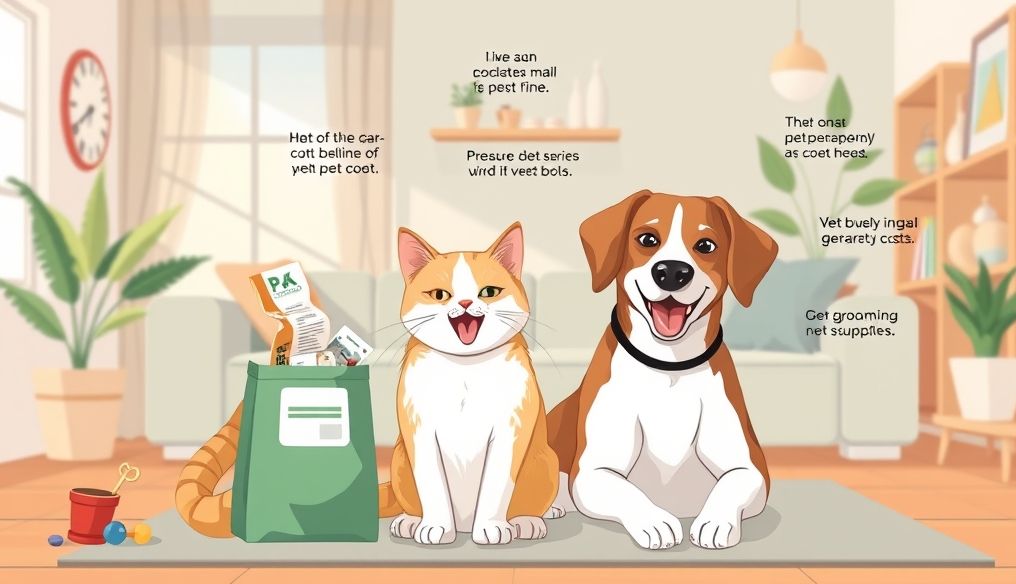Introduction: Why is Potty Training Important?
Potty training your puppy isn't just about cleanliness; it's a fundamental part of building a strong and trusting bond between you and your furry friend. When your puppy learns where and when to relieve themselves, they feel safe and comfortable in their new home. It also reduces stress and anxiety, making them more confident.
Furthermore, potty training helps prevent other behavioral issues in the future. A puppy who knows where to go is less likely to destroy furniture or chew on inappropriate items.
Chapter 1: Preparing for Potty Training
1.1 Choosing the Right Spot
Before you start training, it's important to choose a suitable spot for your puppy to relieve themselves. This spot should be easily accessible, whether it's in the yard or a designated area inside the house. If you choose the yard, make sure it's a safe and protected area from harsh weather conditions.
If you choose an indoor spot, you can use puppy training pads or a litter box specifically for dogs. Place this pad or box in a quiet area away from eating and sleeping areas.
1.2 Setting a Schedule
Young puppies need to relieve themselves frequently, usually every two to three hours. Set a regular schedule for taking your puppy to the designated potty spot. This schedule should include times after waking up, after eating, and after playing.
Example Schedule:
- 7:00 AM: Wake up and potty break
- 7:30 AM: Breakfast
- 8:00 AM: Potty break again
- 10:00 AM: Potty break
- 12:00 PM: Lunch
- 12:30 PM: Potty break again
- 2:00 PM: Potty break
- 4:00 PM: Potty break
- 6:00 PM: Dinner
- 6:30 PM: Potty break again
- 8:00 PM: Potty break
- 10:00 PM: Potty break before bedtime
1.3 Essential Tools
You'll need some basic tools to potty train your puppy, including:
- Puppy training pads or a litter box
- Pet-safe cleaner for cleaning accidents
- Waste bags
- Small, tasty treats
- Collar and leash
Chapter 2: The Potty Training Process Step-by-Step
2.1 Taking the Puppy to the Designated Spot
When it's time for a potty break, take your puppy to the designated spot. Use a collar and leash if you're outside. Say a specific word or phrase like "Go potty" or "Do your business."
2.2 Waiting and Patience
Be patient and wait for your puppy to relieve themselves. It may take a few minutes. Don't talk or play with the puppy during this time. If the puppy doesn't go within 10 minutes, take them back inside and try again after 20-30 minutes.
2.3 Rewarding and Praising
As soon as the puppy relieves themselves, reward them immediately with enthusiastic praise and a small, tasty treat. This reinforces the positive behavior and makes the puppy associate going potty in the designated spot with a pleasant experience.
2.4 Cleaning Up Accidents
Accidents are inevitable during the training process. When an accident happens, don't punish the puppy. Simply clean up the mess using a pet-safe cleaner to completely remove the odor. Lingering smells can attract the puppy back to the same spot.
Chapter 3: Dealing with Common Challenges
3.1 Puppy Refuses to Go Outside
Some puppies prefer to relieve themselves indoors, especially if they are used to it. In this case, try taking the training pad outside and placing it in the designated spot. Once the puppy goes on the pad outside, you can start gradually removing the pad.
3.2 Puppy Goes Potty While Playing
The puppy may be too excited while playing to remember they need to go potty. Try taking the puppy to the designated spot before and after playtime.
3.3 Puppy Goes Potty at Night
If the puppy is going potty at night, reduce the amount of water they drink before bedtime. Take them outside for a potty break right before bedtime and after waking up.
Chapter 4: The Importance of Consistency
Consistency is key to success in potty training your puppy. Use the same words and phrases every time you take the puppy to the designated spot. Follow the same schedule as much as possible. Make sure all family members follow the same rules.
Chapter 5: When to Seek Professional Help
If you're having trouble potty training your puppy, don't hesitate to seek help from a professional dog trainer or veterinarian. There may be a medical or behavioral reason preventing the puppy from learning.
Chapter 6: Additional Tips for Successful Training
- Use Crate Training: A crate can help speed up the training process. Dogs don't like to relieve themselves in their sleeping area, so the crate encourages them to wait until they go outside.
- Monitor Your Puppy's Behavior: Learn to read your puppy's signals. If they start circling, sniffing, or squatting, these are signs that they need to go potty.
- Be Positive: Maintain a positive and encouraging attitude throughout the training process. Puppies respond better to positive reinforcement than punishment.
Chapter 7: Nutrition and its Role in Training
Proper nutrition plays a crucial role in potty training your puppy. Choose a high-quality food that is appropriate for the puppy's age and size. Avoid giving the puppy large amounts of food or water before bedtime.
Talk to your veterinarian about the best food options for your puppy. Some foods may cause digestive issues, leading to more frequent accidents.
Chapter 8: Training in Public Places
Once your puppy has mastered potty training at home, you can start teaching them how to relieve themselves in public places. Take them to different locations and watch them closely. Reward the puppy when they go potty in public.
Always remember to carry waste bags and clean up any mess your puppy makes.
Conclusion
Potty training your puppy takes time, effort, and patience, but it's worth it. By following these tips and strategies, you can help your puppy learn how to relieve themselves in the designated spot and build a strong and happy relationship with them.
